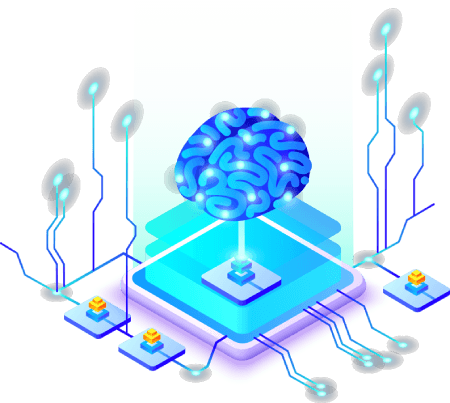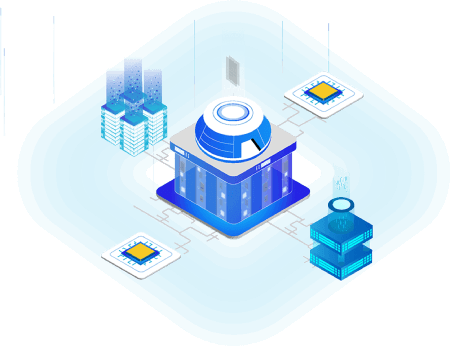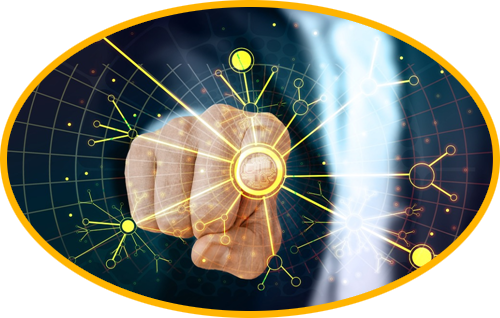TCAI Machine Learning
The TCAI Machine learning algorithm uses computational methods to learn information directly from data without relying on predetermined equations as a model, which it currently does for Tensor Chess.

Improve Decision Making
The main TCAI machine learning algorithm uses two types of techniques: supervised learning, which trains a model on known input and output data so that it can predict future outputs and unsupervised learning by finding patterns or intrinsic structures in input data.
The Tensor Core AI machine learning algorithm excels at finding natural patterns in data that can generate insight and help make better decisions and predictions, which it currently does by building a model that makes predictions based on the rules of Tensor Chess and the rules of chess and makes predictions in the presence of uncertainty.


Supervised Learning
The TCAI supervised learning algorithm takes a known set of input data and responses to the data (output) (i.e. now it knows how to play Tensor Chess) and trains a model to generate reasonable predictions for deeper logic. In this process, the TCAI’s supervised learning algorithm uses standard classification and regression techniques to develop predictive models.
Unsupervised Learning
The Tensor Core AI’s unsupervised machine learning algorithm employs classification techniques to predict discrete responses—such as legal or illegal moves, referred to as input data, which are then classified through tagging, categorization, and then separated into specific classes.

Tensor AI Remote Core
The Remote Core also employs a regression technique to predict continuous responses which is used during a time constraint imposed by the server.
The Remote Core is capable of making use of classic regression algorithms to make decisions including linear models, nonlinear models, regularization, stepwise regression, and of course decision trees.

